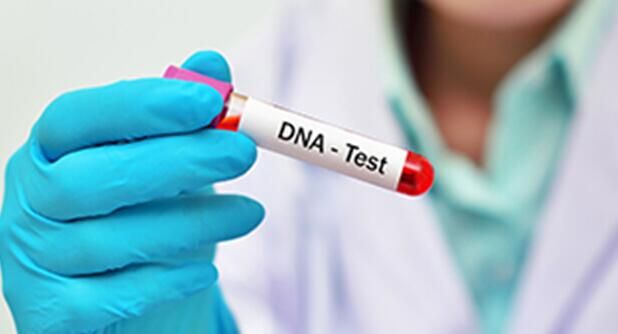2018年6月7日 訊 /生物谷BIOON/ --近日,在華盛頓召開的2018年消化性疾病周會議上,來自梅奧診所的研究人員發表了他們最新的研究成果,如今他們已經完成了II期臨床試驗���,即比較一組DNA標志物和α甲胎蛋白是否能作為一種新方法來檢測肝癌。

圖片來源:secondopinionnewsletter.com
醫學博士John Kisiel表示,目前我們利用超聲和血液蛋白標志物—α甲胎蛋白來檢測肝癌患者,但很不幸的是,這些檢測手段并不能敏感地監測一些可治愈的晚期肝癌����,而且大部分需要接受這種檢測的患者經常無法獲得有效的檢測信息����,從而耽誤疾病的治療����。
這項研究中���,研究者Kisiel及其同事就利用一種異常的DNA標志物開發出了一種簡單的血液檢測手段���,這種異常的DNA標志物存在于肝癌組織中�,研究人員通過研究證實,這些異常的DNA標志物在絕大多數原發性肝癌患者的血液樣本中都存在。同時這些標志物在健康個體以及肝硬化個體(隨訪過程中并未發現患者機體中存在肝臟腫瘤)機體中并不存在。
研究者表示�,我們非常激動����,因為我們所發現的DNA標志物能夠幫助我們檢測90%以上的可治愈階段的腫瘤患者���,這也就是為何我們認為DNA檢測手段與當前的可用的檢測手段不同的主要原因了����;下一步研究者將在更大規模的患者群體中進行研究來驗證這些DNA標志物�。
據美國國家癌癥研究所數據顯示,美國每年新發肝癌和膽管癌患者的數量為8.8/10萬����,而且肝癌是肝硬化或乙肝患者死亡的主要原因����,在全球范圍內肝癌也是引發人群因癌癥死亡第二大原因�,因此研究人員還希望后期進行更為深入的研究開發出能有效檢測肝癌的新型技術或手段。(生物谷Bioon.com)
原始出處:
A step closer to developing a DNA test for liver cancer
A group of researchers from Mayo Clinic and Exact Sciences Corporation have completed a phase II study comparing a set of DNA markers to alpha fetoprotein as a method to test for liver cancer. The researchers presented their findings today at the 2018 Digestive Disease Week conference in Washington, D.C.
"We currently test for liver cancer using ultrasound and a blood protein marker called alpha fetoprotein," says John Kisiel, M.D., a gastroenterologist at Mayo Clinic. "Unfortunately, these tests are not very sensitive for curable stage liver cancers, and most patients who need this testing do not have it easily available or [are] not able to receive it often enough to be effective."
Dr. Kisiel and his colleagues developed a simple blood test using abnormal DNA markers that are known to exist in liver cancer tissues. They were able to confirm that the abnormal DNA markers were present in the overwhelming majority of blood samples that came from people with primary liver cancers. Simultaneously, these markers were absent in healthy individuals and individuals with cirrhosis of the liver but no evidence of tumors on their clinical follow-up.
來源:丁香通
